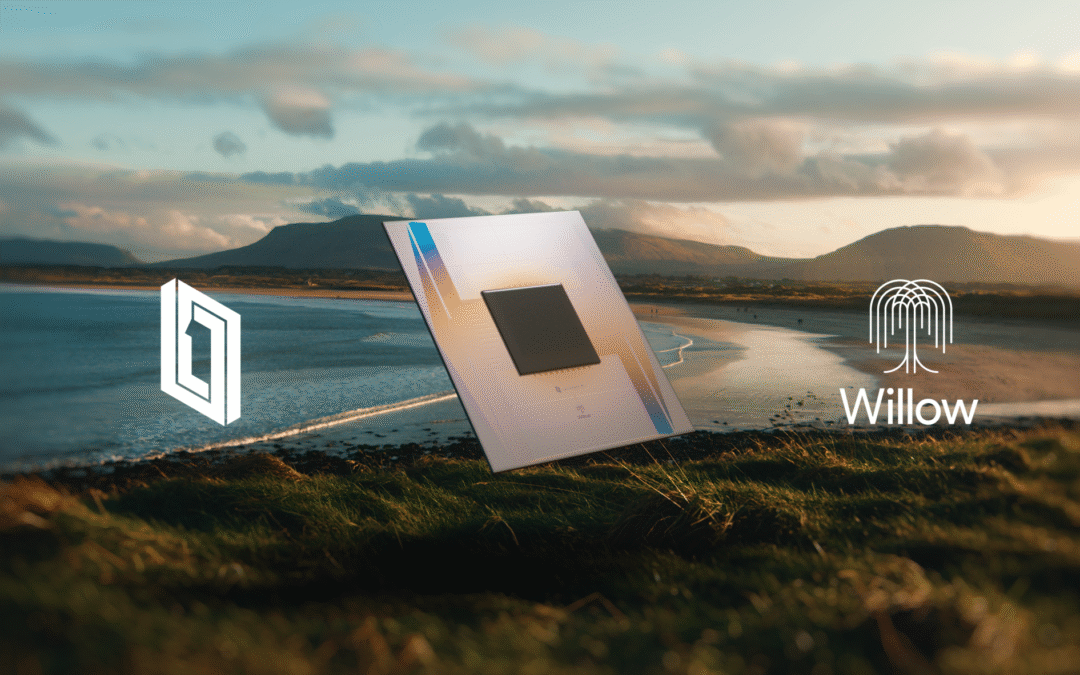🌌 Introduction
In a milestone that could redefine the future of computation, Google has unveiled a breakthrough in quantum processing with its new chip, Willow. This achievement is not just a laboratory curiosity—it represents a decisive step toward fault‑tolerant, scalable quantum computing, a goal that has eluded researchers for decades.
🧠 Benchmark Speedup: From Eternity to Minutes
Google’s Willow chip recently completed a benchmark computation in under five minutes—a task that would take the most powerful classical supercomputer an estimated 10 septillion years ((10^{25}) years). To put that in perspective, that’s many orders of magnitude longer than the age of the universe.
This wasn’t a cherry‑picked stunt. The benchmark was designed to highlight quantum advantage—the point at which a quantum processor can solve a problem that is practically impossible for classical machines. Willow’s performance shows that this advantage is no longer theoretical; it’s here.
🔧 Cracking a 30‑Year Error Correction Challenge
One of the biggest hurdles in quantum computing has been error correction. Quantum states are fragile, and noise can quickly destroy the delicate superpositions that give quantum computers their power.
Willow has achieved something unprecedented: adding more qubits actually reduced errors. Using a 101‑qubit surface code, the chip reached a logical error rate of ~0.143% per cycle, outperforming its best physical qubits by more than 2×. This is a direct answer to a challenge that has stood for three decades—proving that scaling up can improve reliability rather than degrade it.
🌀 Quantum Phase Advantage on Sycamore
In parallel research, Google’s Sycamore chip demonstrated a “weak noise phase,” a regime where quantum correlations remain strong enough to outperform classical supercomputers in complex calculations. This finding reinforces the idea that quantum processors can maintain computational supremacy even in the presence of noise, provided the system is engineered correctly.
🧮 Record‑Breaking Memory and Coherence
Willow also set a 2.4× record in quantum memory, with logical qubits maintaining coherence for 291 microseconds—more than three times the median performance of its physical qubits. Longer coherence times mean more computational steps can be performed before errors accumulate, bringing us closer to practical, large‑scale quantum algorithms.
🔍 Why This Matters
This leap forward is not just about speed. It’s about reliability, scalability, and real‑world applicability. Fault‑tolerant quantum computers could revolutionize:
- Cryptography – Breaking current encryption and enabling new, quantum‑safe protocols.
- Materials Science – Designing novel materials at the atomic level.
- Pharmaceuticals – Simulating complex molecules for drug discovery.
- Complex Systems Modeling – From climate prediction to legal and economic simulations.
📌 Conclusion
Google’s Willow chip marks a turning point in the quantum race. By demonstrating both massive computational speedups and scalable error correction, it moves quantum computing from a fragile experimental stage toward a robust, usable technology.
The implications are vast—touching everything from cybersecurity to scientific discovery. The next challenge will be ensuring that as this power grows, it is guided by ethical frameworks, security safeguards, and equitable access.

